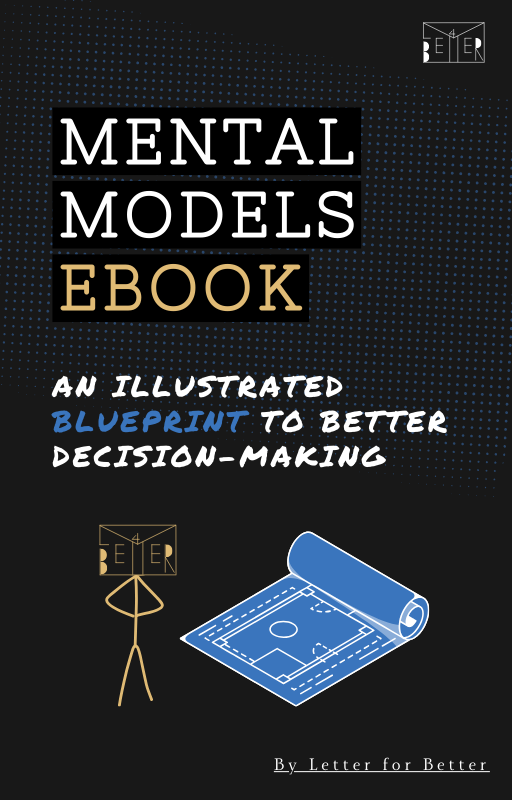Write your awesome label here.
Full Transcript of 3 Powerful Mindset Framing Techniques That Will Change Your Life
[00:00] Why Framing Matters
Have you ever noticed how two people can go through the exact same situation, but walk away with completely different perspectives? One sees a problem, while the other sees an opportunity. That difference all boils down to something called framing. And today, I’m going to be sharing three powerful mindset framing techniques that can change how you see the world, and more importantly, how you can use them to your advantage.
[00:30] What Framing Is and Why It Shapes Reality
So what is framing? Framing is basically the mental lens we use to interpret experiences. And the thing is, we’re constantly framing things in our mind subconsciously even if we’re not overtly aware of it. Whether it’s your childhood upbringing, culture, religion, language, or identity; all of these factors play a role in adding filters on top of how you perceive reality.
This means, the way you frame your experiences influences everything including your emotions, your decisions, and even your relationships. Let’s say you’ve experienced a setback. You can frame this setback as a lesson and walk away stronger, or you could frame it as a failure and feel defeated.
That’s the power of framing.
It’s the difference between being stuck or moving forward. Being burnt out or feeling resilient. Creating conflict or connection. It all comes down to how you frame situations in your life.
But this is where things get interesting. When you learn how to consciously choose your frame, you stop reacting to life and start shaping it for yourself.
So let’s break down the three types of framing with examples, so you can begin applying them immediately to change your life.
[01:51] Preframing – Setting the Stage
The first mindset framing technique is Preframing.
Preframing is about shaping expectations before an event even happens. You can think of it like setting the stage before a performance, where that stage creates a certain impression right from the get go.
As an example, imagine you’re going on a first date. If you tell yourself that, “This date is probably going to be awkward,” guess what lens you’re walking in with? You’re already priming yourself for discomfort. But on the flip side, if you tell yourself that, “This is going to be a fun chance to meet someone new,” your energy shifts completely.
Just by preframing the date to be something positive, you’re changing your energy before the interaction even happens, which can profoundly impact how you actually come across during the date, merely because of your mindset going into it.
Just by preframing the date to be something positive, you’re changing your energy before the interaction even happens, which can profoundly impact how you actually come across during the date, merely because of your mindset going into it.
Now the cool thing about preframing is you can apply it to yourself, and you can also apply it to the people around you.
Let’s say you’re at work and you’re about to pitch an idea in a meeting. If you start off with, “This might sound crazy, but hear me out,” you’re already planting seeds of doubt into the minds of the people you’re presenting to. But on the other hand, if you open up by saying that, “This idea has the potential to change how we work,” you’ve framed it from a place of confidence and curiosity.
Preframing influences perception, creates anticipation, and drives focus. This is what marketers do all the time. But in our lives, it’s just as powerful in setting the tone for how people perceive and experience you.
Enjoying the Read?
Weekly Mindset Newsletter
Get personal stories, decision-making strategies, and mental frameworks to help you stop overthinking, build self awareness, and live with more clarity.
Thank you!
[03:47] Deframing – Breaking the Mold
The second mindset framing technique is Deframing.
Deframing is the process of questioning, breaking down, or shifting the dominant frame that is driving a specific narrative. It’s all about dismantling an existing perspective that’s holding you back. You can think of it like breaking the mold or thinking outside of the box. Deframing is especially useful when people are stuck in groupthink or holding onto a limiting belief.
For example, when it comes to dating, maybe you’ve told yourself, “I’m just bad at relationships.” Deframing means asking yourself, “Is this really true? Or have I just not learned the skills yet?” When you deframe a thought or situation, what you are doing is challenging the existing story you’ve been telling yourself.
You can apply deframing to yourself, but you can also use it in your career and decision-making.
Let’s say you’re at work and a colleague says, “This project is impossible, we don’t have the resources.” Instead of just agreeing, you can use deframing to ask, “What if resources aren’t the issue? What if it’s an operational issue that’s preventing us from scaling our productivity using the same resources? All you did in this situation was challenge the existing narrative in a way that offers alternative solutions. And suddenly, this now opens the door to creative problem solving.
In these examples, deframing helps to recontextualize the problem, which can create alternative solutions. The thing to remember is that deframing disrupts old assumptions. It encourages fresh thinking. And sometimes, it’s the only way to break through a wall that you’ve been repeatedly running into.
[05:57] Reframing – Rewriting the Story
The third mindset framing technique is Reframing.
Reframing is when you take an existing situation and view it through a different, more empowering lens. It’s the framing technique that is probably used the most in our daily lives because it helps us to rewrite the story we tell yourself.
Reframing is when you take an existing situation and view it through a different, more empowering lens. It’s the framing technique that is probably used the most in our daily lives because it helps us to rewrite the story we tell yourself.
The facts don’t necessarily change, but your perspective and the emotions tied to them can change.
As an example, let’s say you’ve gone on a date and it’s going well. And at the end of the night you lean in for a kiss. But you get rejected. At that very moment in time, a bunch of things might be running through your head like “this person doesn’t like me, they don’t find me attractive, or i’m not good enough”. All these thoughts might be your default frames. But what you could do is reframe this situation in your mind as, “this person might just think it’s too soon for a kiss, or, i’m just not their type”. When you can reframe experiences like this, this allows you to respond differently, which can impact the rest of that interaction. What you are doing is giving yourself a more empowering narrative instead of holding onto a negative lens.
And you can also apply reframing to your career as well.
Imagine you’ve just received critical feedback from your manager. Instead of thinking, “I’m a failure or I'm not skilled enough,” what you can do is reframe it to tell yourself that this feedback is fuel that will help you to grow and be more proactive. When you make that simple shift in your mindset, you are turning a negative sting into a positive stepping stone.
This is why reframing is such a useful tool when it comes to shifting your thoughts and emotions into positive ones. Reframing transforms challenges into opportunities, builds resilience, and empowers you to take action instead of shutting down.
[08:10] Change the Frame, Change Your Life
Life is full of moments where the frame you choose defines your experience. The same situation can either hold you back or push you forward. Where your power lies in the lens you apply to it.
So just remember that:
Preframing sets the stage before something happens. It’s used to influence perception, create anticipation, and drive focus towards the outcome you want.
Deframing dismantles limiting beliefs by breaking the mold. It disrupts unhelpful thought patterns like echo-chambers, and encourages fresh thinking by offering alternative perspectives.
While, reframing reshapes how you see things after they have happened. It transforms challenges into opportunities, and builds resilience by shifting your perspective so you can maintain a positive outlook even during tough times.
When you combine these three mindset frameworks, you start living with intention. You stop being trapped by the first frame your brain throws at you, and instead, you take control of the story.
Because the moment you change the frame, you change the story. And when you change the story, you change your life.
[09:25] Question for You
So here’s my question for you: Where in your life right now could you use one of these framing techniques? Do you need to preframe an upcoming conversation? Deframe a self-limiting belief? Or reframe a challenge that’s been weighing you down. Let me know in the comments section below.


